The French and Indian War Plants Seeds of Conflict
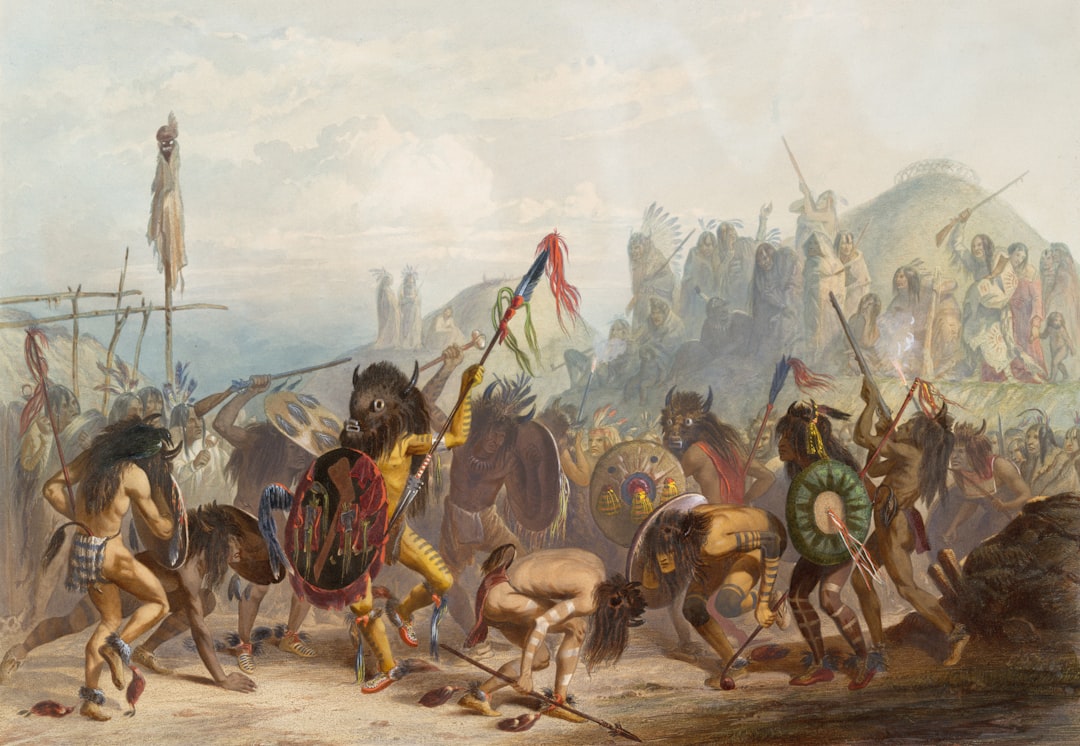
The French and Indian War of 1754-1763 fundamentally altered the relationship between Britain and its American colonies. The French and Indian War was a colonial conflict in North America between Great Britain and France, along with their respective Native American allies, and part of the larger Seven Years’ War. The Seven Years’ War nearly doubled Great Britain’s national debt, and the Crown sought sources of revenue to pay it off and attempted to impose new taxes on its colonies. The war provided Great Britain enormous territorial gains in North America, but disputes over subsequent frontier policy and paying the war’s expenses led to colonial discontent, and ultimately to the American Revolution.
The financial burden of this victory created the foundation for future conflicts. Britain’s massive debt forced Parliament to look toward the American colonies as a source of revenue, setting the stage for the taxation disputes that would follow. What seemed like a British triumph would soon become the catalyst for colonial rebellion.
The Sugar Act of 1764 Begins the Taxation Experiment
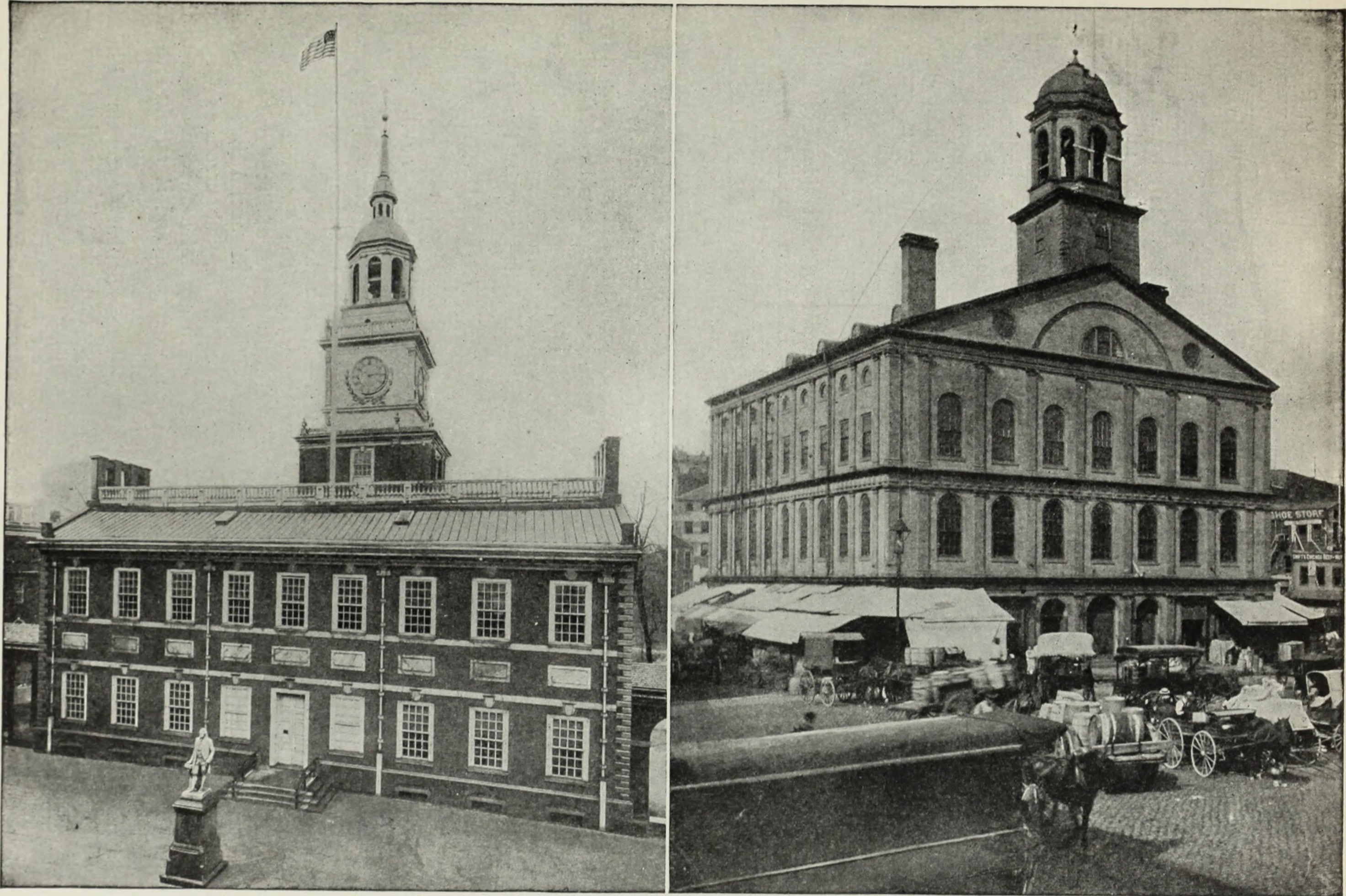
In 1764, Parliament enacted the Sugar Act, an attempt to raise revenue in the colonies through a tax on molasses. Enacted on April 5, 1764, to take effect on September 29, the new Sugar Act cut the duty on foreign molasses from 6 to 3 pence per gallon, retained a high duty on foreign refined sugar, and prohibited the importation of all foreign rum. The Sugar Act also taxed numerous foreign products, including wine, coffee, and textiles, and banned the direct shipment of several important commodities such as lumber to Europe, upsetting the balance of trade for merchants in Northern seaports.
The enforcement of this act marked a significant departure from previous British policy. Although this tax had been on the books since the 1730s, smuggling and laxity of enforcement had blunted its sting. Now, however, the tax was to be enforced. Colonial merchants, particularly in New England where rum distilling was a major industry, felt the immediate economic impact of this new aggressive tax collection.
The Stamp Act of 1765 Sparks Organized Resistance
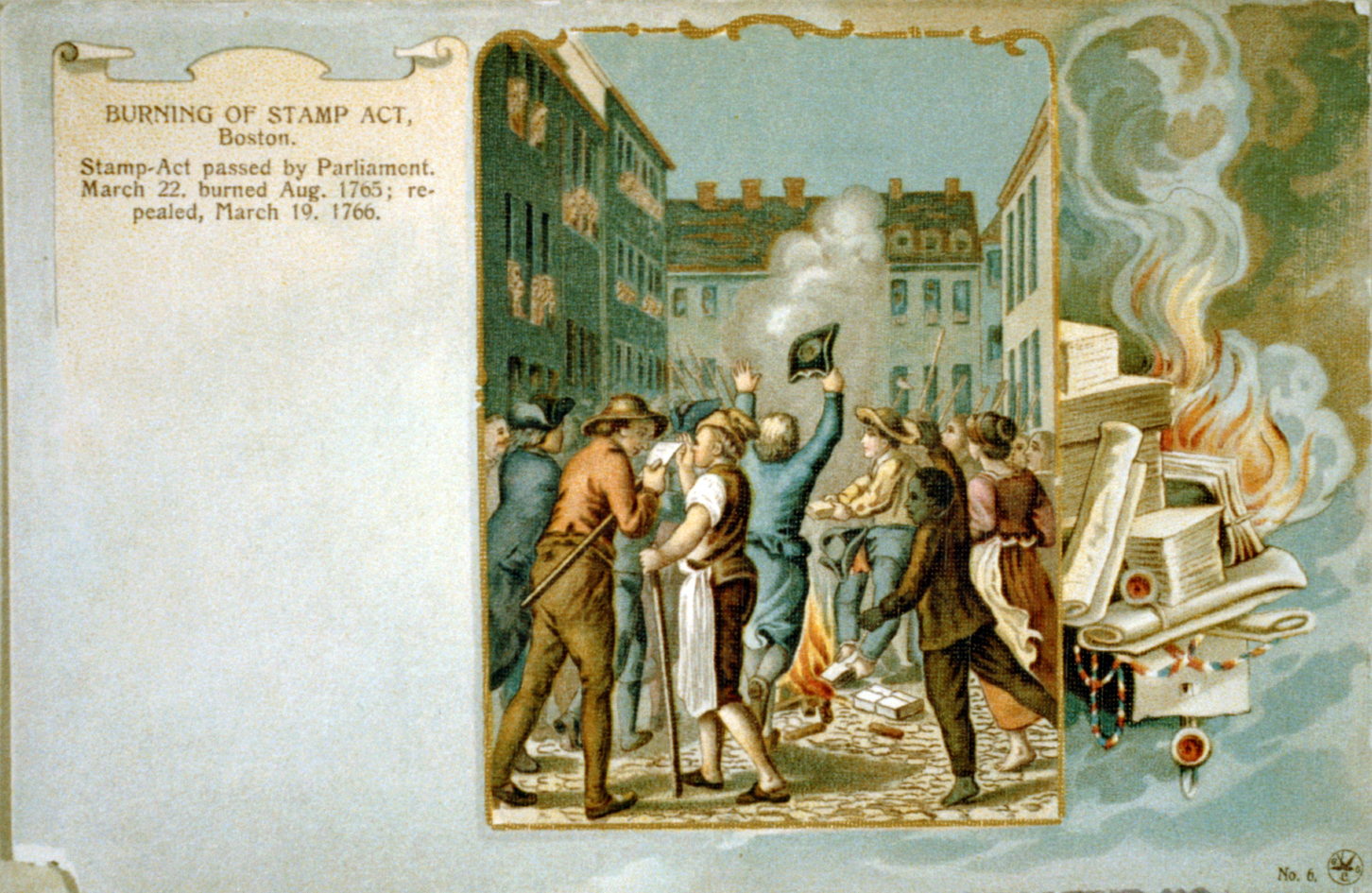
Soon after Parliament passed the Currency Act, Prime Minister Grenville proposed a Stamp Tax, which would require colonists to purchase a government-issued stamp for legal documents and other paper goods. Protests in America over the 1765 Stamp Act, which imposed a direct tax on almost every form of paper used in the colonies, showed that Americans would not back down over this issue, and Parliament was forced to repeal the intolerable Stamp Act in March 1766.
The Stamp Act represented something far more threatening than previous taxes – it was a direct tax that affected virtually every colonist’s daily life. Unlike trade duties that could be avoided through smuggling, the Stamp Act touched legal documents, newspapers, playing cards, and even dice. The organized resistance to this act, including the formation of the Sons of Liberty, demonstrated the colonists’ growing political sophistication and willingness to coordinate opposition across colony lines.
The Townshend Acts of 1767 Reignite Colonial Fury
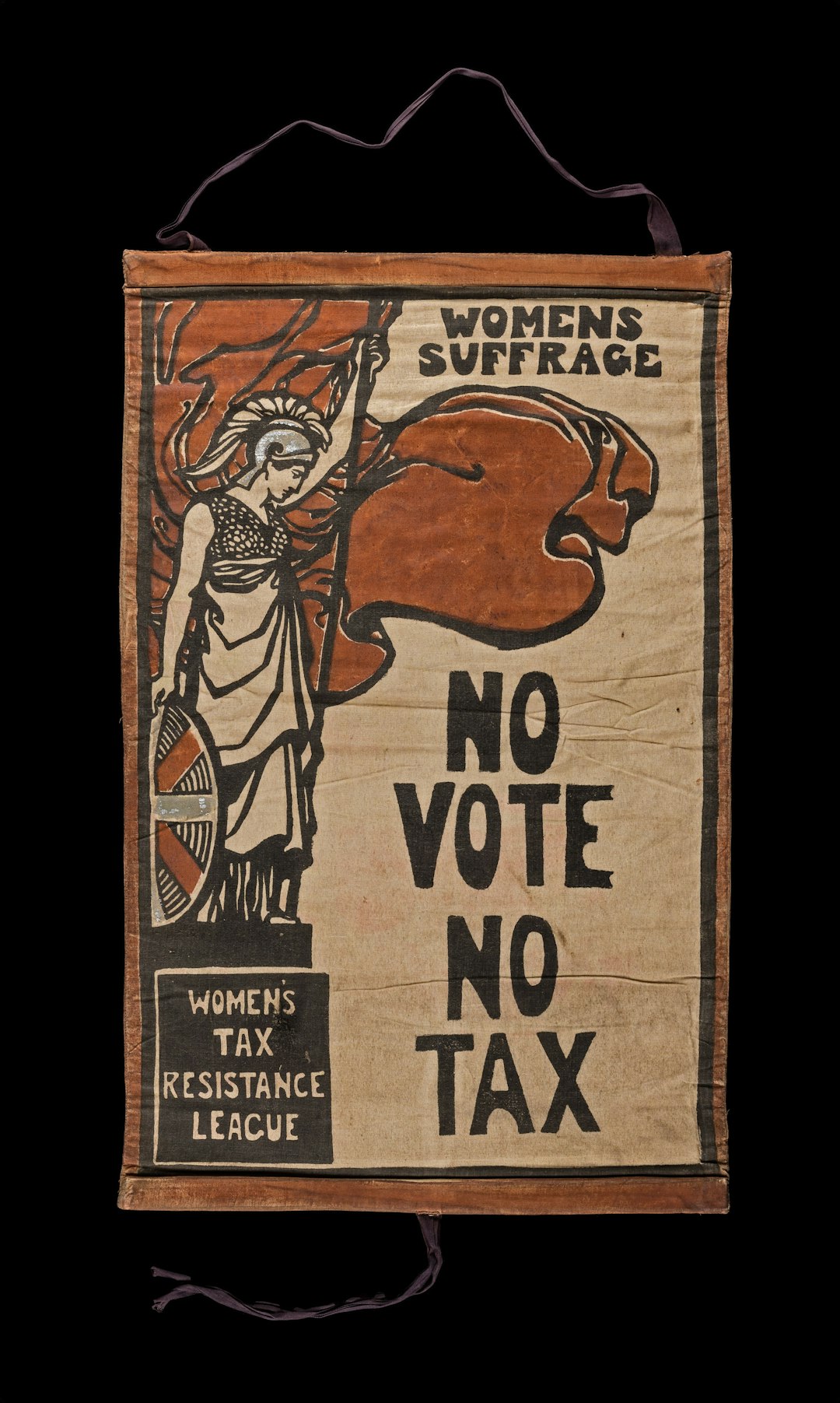
The repeal of the Stamp Act temporarily quieted colonial protest, but there was renewed resistance to new taxes instituted in 1767 under the Townshend Acts. The Townshend Acts were a series of acts passed in 1767 and 1768 that placed indirect taxes on imports British goods such as glass, lead, pants, paper, and tea. The Townshend Acts passed by Parliament in 1767 and imposing duties on various products imported into the British colonies had raised such a storm of colonial protest and noncompliance that they were repealed in 1770, saving the duty on tea, which was retained by Parliament to demonstrate its presumed right to raise such colonial revenue without colonial approval.
The partial repeal of the Townshend Acts in 1770 proved to be a strategic mistake. By keeping the tea tax while removing others, Parliament unwittingly created a powerful symbol of British taxation without representation. This decision would have explosive consequences just three years later when the Tea Act reignited colonial anger.
The Boston Massacre Inflames Colonial Sentiment
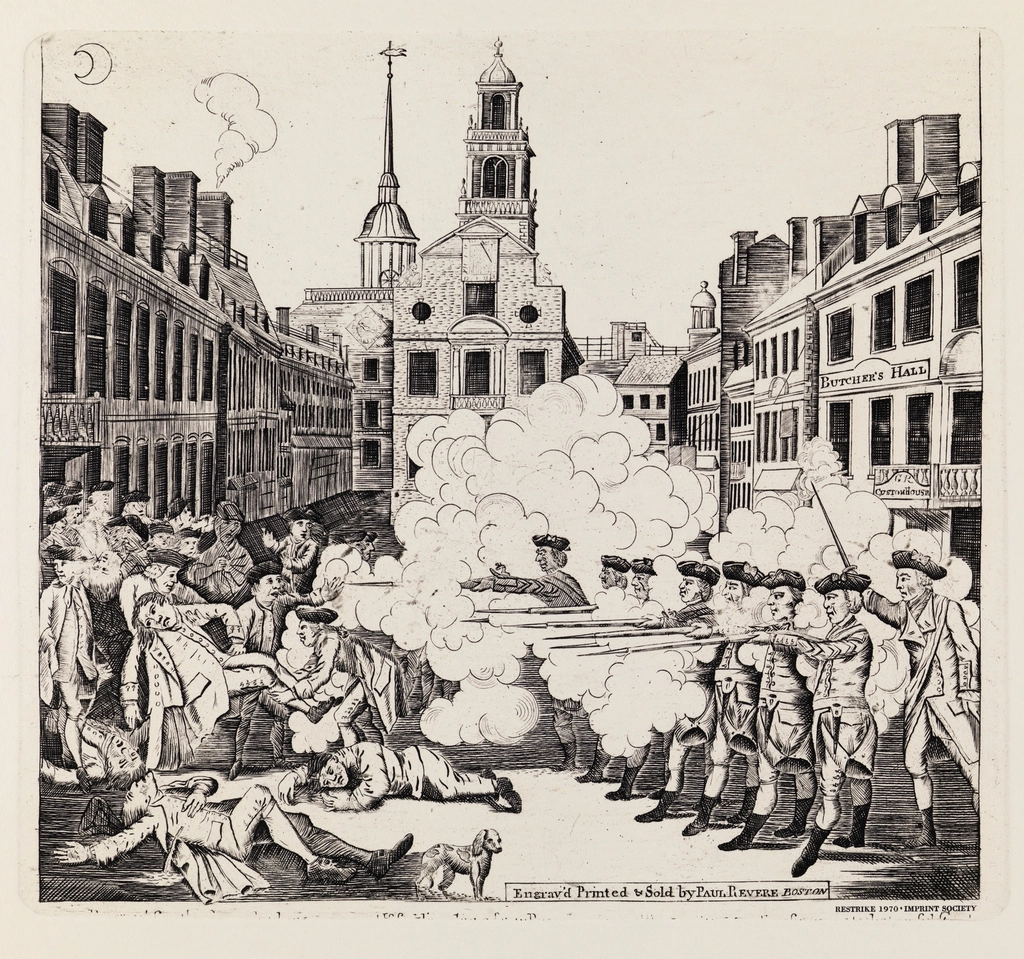
Following protests in Boston, George III authorised the dispatch of troops to the area to deal with this rising lawlessness, which ultimately resulted in bloodshed when on 5 March 1770 nine British soldiers fired at a crowd of hundreds of Bostonians, resulting in the deaths of five American colonists. The Boston Massacre, as it came to be known, provided colonial propagandists with powerful ammunition against British rule.
This incident transformed the abstract concept of British oppression into a concrete, bloody reality. The image of British soldiers firing on unarmed colonists became a rallying cry for independence supporters. Even though tensions temporarily eased after the massacre, the event remained a powerful symbol of British tyranny that would be repeatedly invoked in the years leading up to the Declaration of Independence.
The Tea Act of 1773 Creates a Perfect Storm

In 1773, the colonists staged more vocal widespread protests against the British Parliament’s decision to grant the East India Company a monopoly on the tax-free transport of tea. Although Parliament did lower taxes levied on other tea importers, the tax-free status of the British East India Company meant that colonial tea traders could not compete. The passage of the Tea Act (1773) by the British Parliament gave the East India Company exclusive rights to transport tea to the colonies and empowered it to undercut all of its competitors.
The Tea Act wasn’t really about raising revenue – it was about saving the financially troubled East India Company. However, this corporate bailout threatened to destroy colonial merchants’ tea trade while simultaneously reinforcing the hated tea tax. The act created a perfect storm of economic and political grievances that would explode into the most famous act of colonial defiance.
The Boston Tea Party Destroys Any Hope of Reconciliation

On December 16, 1773, American patriots disguised as Mohawk Indians dumped 342 chests of tea belonging to the British East India Company into Boston Harbor. On the evening of December 16, 1773, protesters, some disguised as Native Americans, boarded three ships in Boston Harbor and threw 342 chests of East Indian Company tea into the water, which was worth well over $1,000,000 today. American colonists, frustrated and angry at Britain for imposing “taxation without representation,” dumped 342 chests of tea imported by the British East India Company into the harbor. The event was the first major act of defiance to British rule over the colonists.
The Boston Tea Party represented a point of no return in the relationship between Britain and its American colonies. Unlike previous protests that involved boycotts or petitions, this was the deliberate destruction of private property on a massive scale. The colonists had crossed a line from which there could be no peaceful retreat.
The Intolerable Acts of 1774 Unite the Colonies
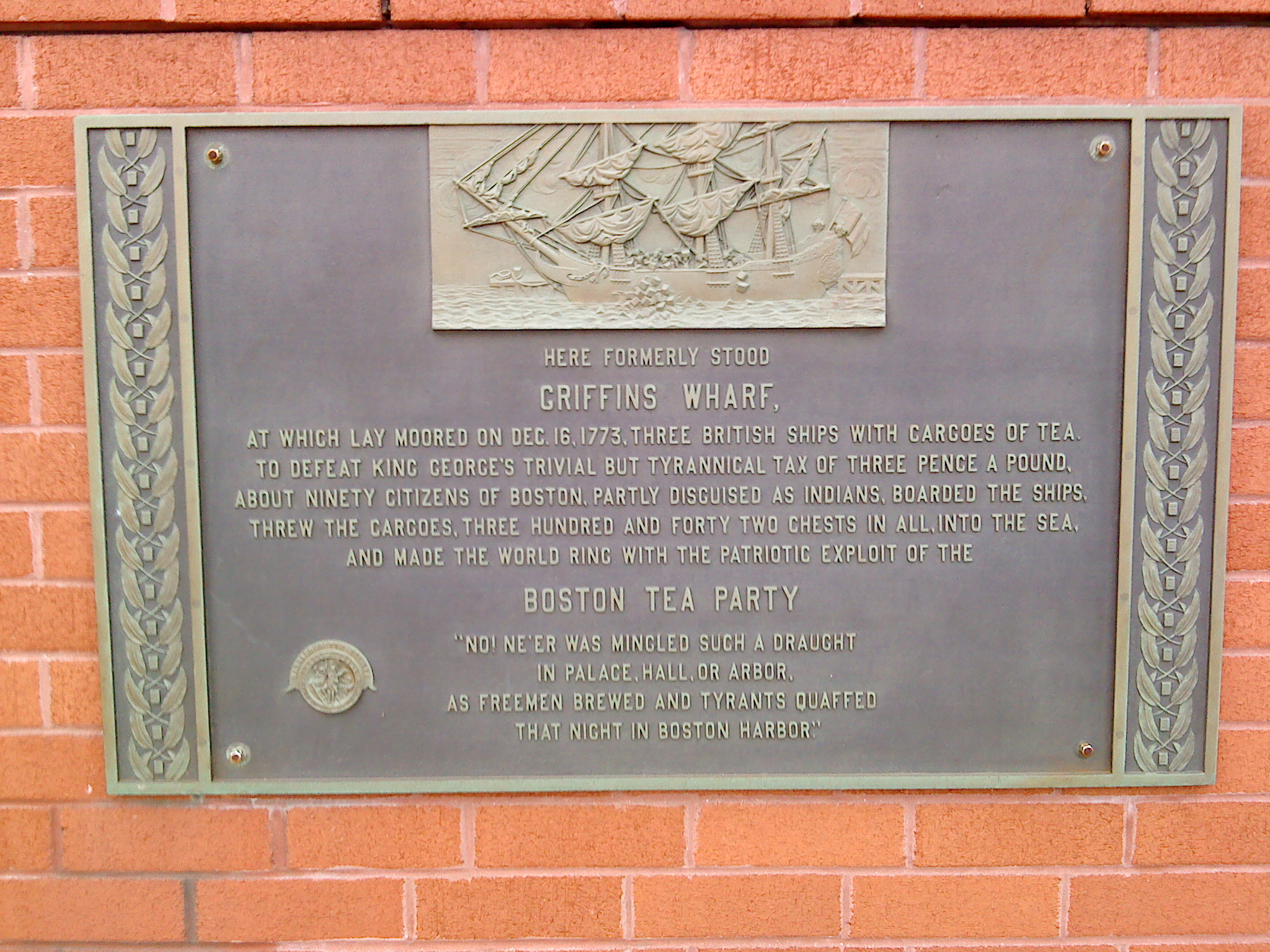
The Intolerable Acts, sometimes referred to as the Insufferable Acts or Coercive Acts, were a series of five punitive laws passed by the British Parliament in 1774 after the Boston Tea Party. The British Government ordered the closure of the port of Boston until the East India Company was compensated for the destroyed tea, and Parliament also passed several pieces of legislation in 1774 which attempted to place Massachusetts under direct British control. The acts took away self-governance and rights that Massachusetts had enjoyed since its founding, triggering outrage and indignation in the Thirteen Colonies.
The Intolerable Acts achieved the opposite of their intended effect. Rather than isolating Massachusetts and deterring future rebellions, they united the colonies in opposition to British rule. Parliament did not anticipate the colonies coming to Boston’s defense, and with good reason, as this was the first instance of mass colonial unification.
The First Continental Congress Emerges
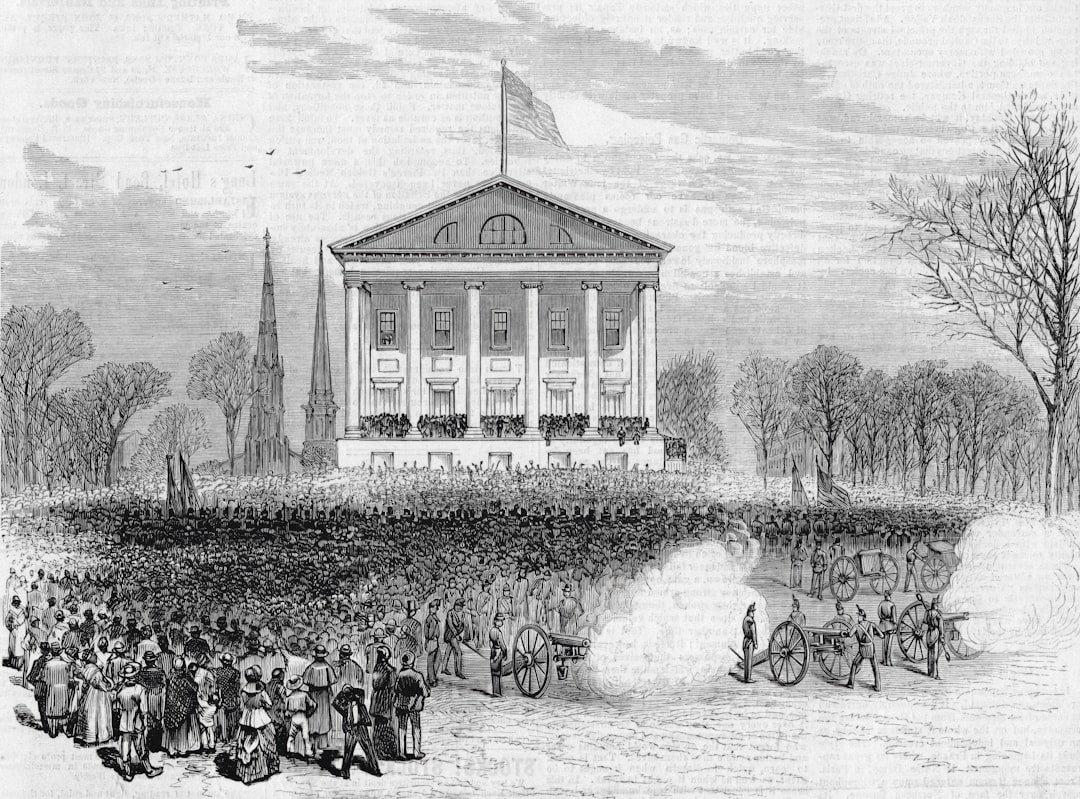
Despite disagreement among colonists, most agreed that a meeting to discuss an appropriate collective response to British actions was a good idea, and colonial legislatures sent representatives to Philadelphia where the First Continental Congress convened in September of 1774. The colonies soon named delegates to a congress — the First Continental Congress — to meet in Philadelphia on September 5, with twelve of the thirteen colonies sending a total of fifty-six delegates.
The First Continental Congress marked a crucial step toward independence by establishing a precedent for unified colonial action. The delegates didn’t yet call for independence, but they created the institutional framework that would eventually declare it. The Congress proved that the colonies could work together effectively, building confidence for the more radical steps that would follow.
The Battles of Lexington and Concord Ignite War
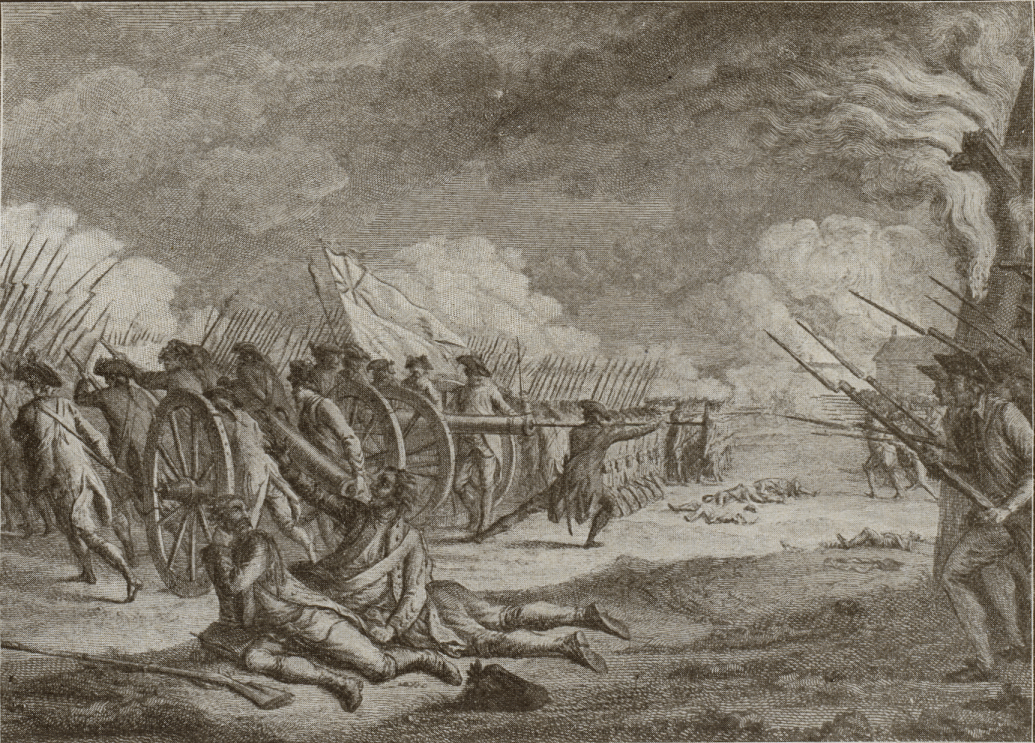
Less than two years after the Boston Tea Party, on April 19, 1775, the Battles of Lexington and Concord, also in Massachusetts, launched the eight-year American Revolutionary War between the British and the Thirteen Colonies, which ultimately prevailed, securing their independence and the establishment of the sovereign United States of America. The American Revolutionary War commenced in April 1775.
The battles at Lexington and Concord transformed the colonial resistance from a political movement into an armed rebellion. Once blood was shed on both sides, the possibility of peaceful reconciliation became increasingly remote. The war created its own momentum, pushing moderate colonists toward more radical positions and making independence seem like the only viable option.
The Second Continental Congress Takes Control
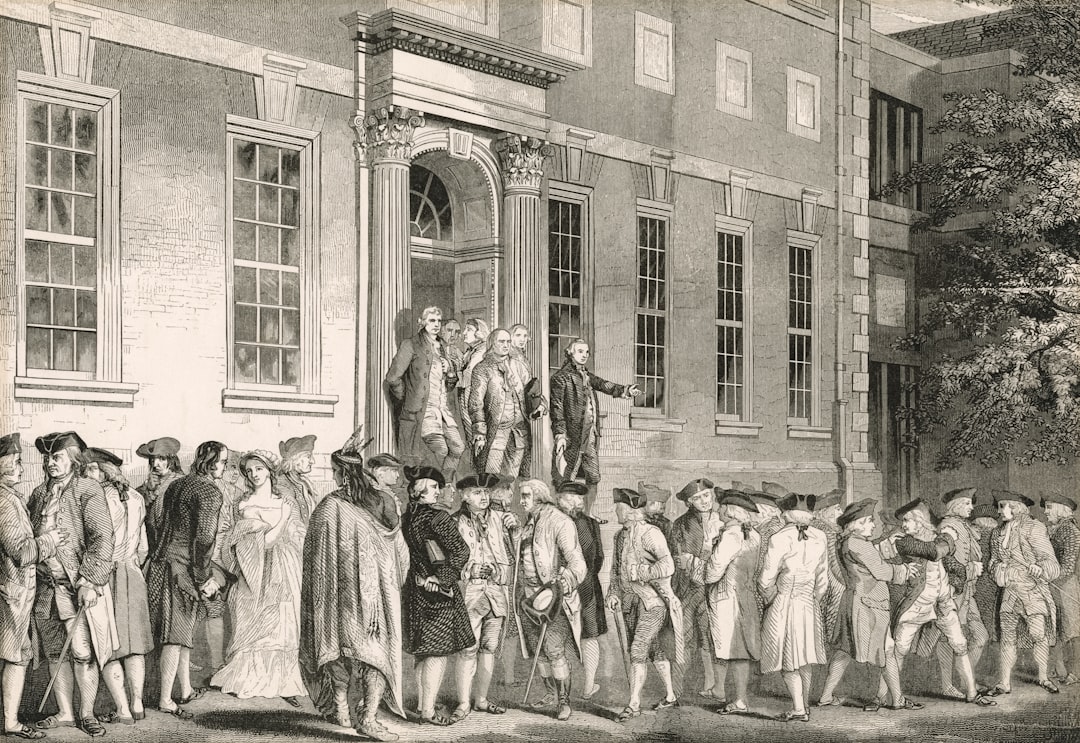
The Second Continental Congress convened in May 1775, just weeks after the battles at Lexington and Concord. Unlike the first Congress, which had focused on petitioning for redress of grievances, the second Congress found itself managing a war. This body would ultimately assume the powers of government, appointing George Washington as commander-in-chief and beginning to function as a de facto national government.
The transition from the First to the Second Continental Congress reflected the colonies’ journey from resistance to revolution. What had begun as an attempt to restore the old relationship with Britain had evolved into the creation of new governmental institutions. The Congress was already acting like an independent government before it formally declared independence.
Thomas Paine’s “Common Sense” Breaks the Psychological Barrier
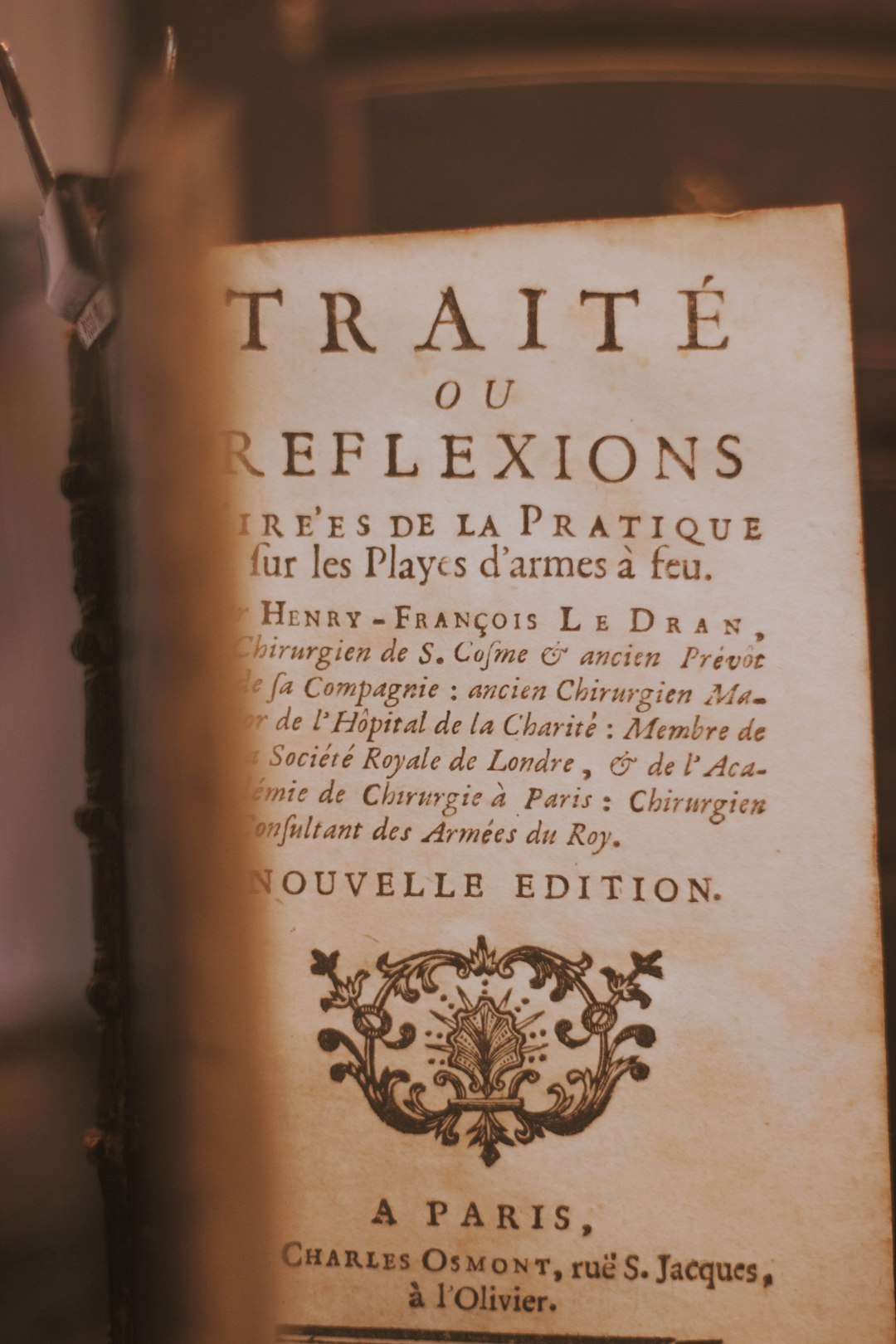
Published in January 1776, Thomas Paine’s pamphlet “Common Sense” played a crucial role in shifting public opinion toward independence. Paine’s clear, forceful arguments against monarchy and hereditary rule resonated with colonists who had been raised as British subjects. His pamphlet sold over 100,000 copies in its first few months, reaching an enormous audience for the time.
Paine’s genius lay in making the case for independence in language that ordinary colonists could understand and embrace. He transformed what had been primarily an elite political debate into a popular movement. “Common Sense” helped break the psychological barrier that had prevented many colonists from imagining life without British rule.
The Final Break: Declaring Independence
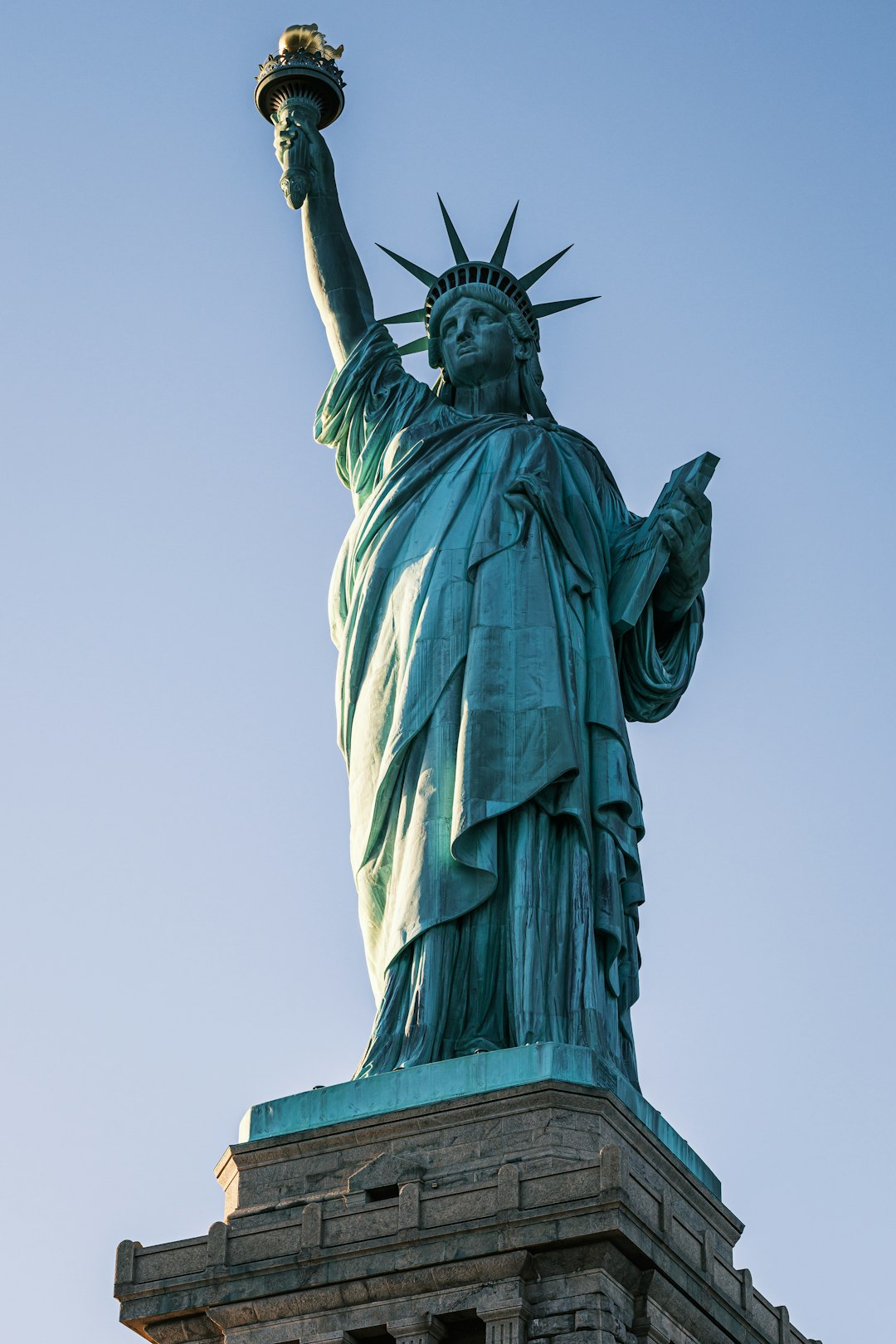
During the American Revolution, the legal separation of the thirteen colonies from Great Britain in 1776 actually occurred on July 2, when the Second Continental Congress voted to approve a resolution of independence that had been proposed in June by Richard Henry Lee of Virginia declaring the United States independent from Great Britain’s rule. After voting for independence, Congress turned its attention to the Declaration of Independence, a statement explaining this decision, which had been prepared by the Committee of Five, which asked Thomas Jefferson to author its first draft.
Congress debated and revised the wording of the Declaration, removing Jefferson’s vigorous denunciation of King George III for importing the slave trade, finally approving it two days later on July 4. The Declaration of Independence was approved by the Continental Congress on July 4, 1776. The document that emerged from this process was more than just a list of grievances – it was a philosophical statement about the nature of government and human rights that would inspire democratic movements around the world.
The Power of Ideas: Natural Rights and Self-Government
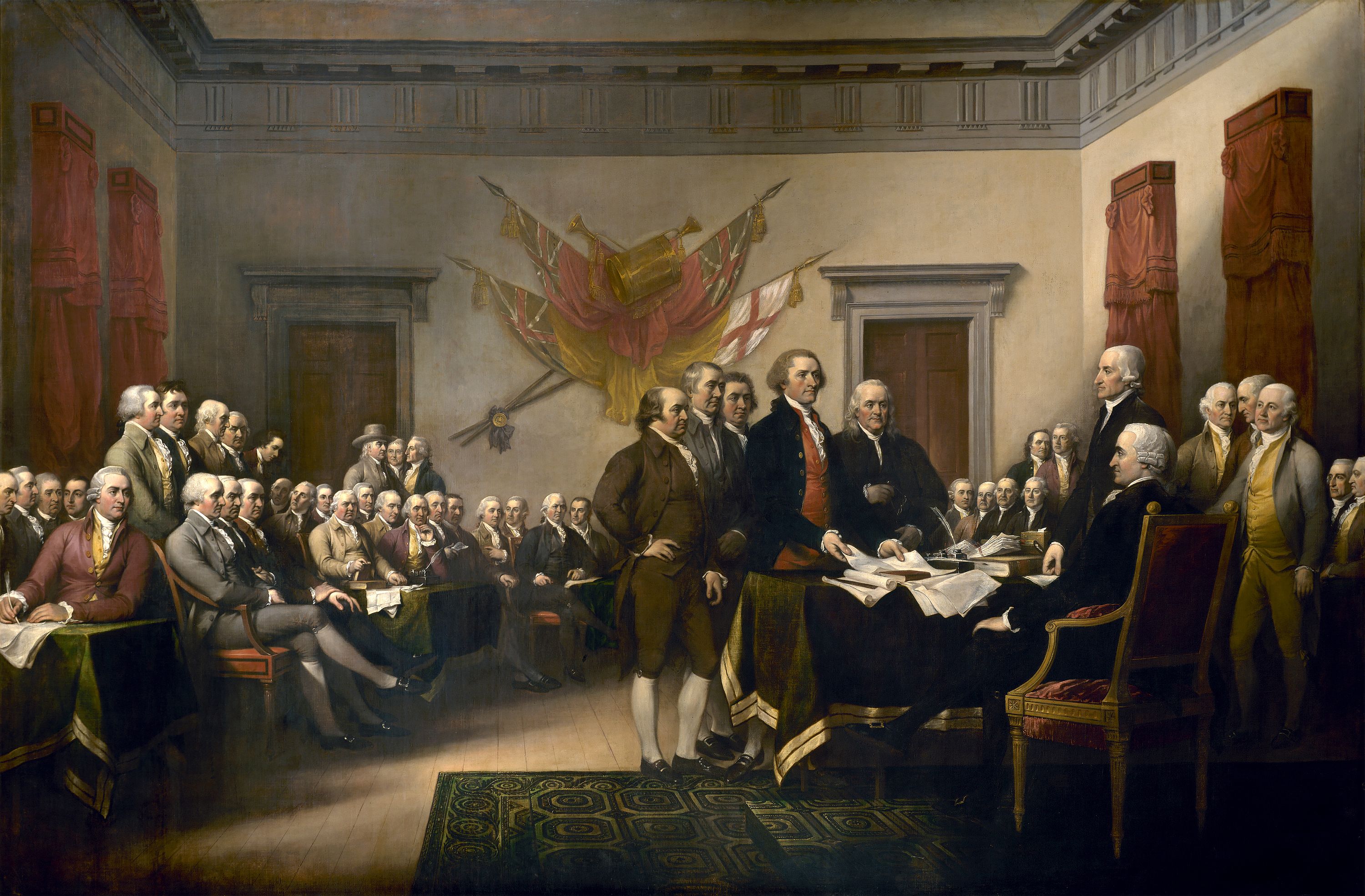
The Declaration of Independence was revolutionary not just because it declared independence from Britain, but because of the ideas it contained. The concept that governments derive their power from the consent of the governed, and that people have the right to alter or abolish governments that fail to protect their natural rights, was radical for its time. These ideas provided the intellectual framework that justified revolution.
The Declaration’s emphasis on natural rights – life, liberty, and the pursuit of happiness – created a new foundation for political authority. Rather than basing government on tradition, divine right, or conquest, the Americans grounded their new nation on the principle that all people possess inherent rights that government exists to protect. This philosophical revolution was as important as the political one.
The path to American independence was neither inevitable nor sudden. It emerged from a series of escalating conflicts between Britain and its colonies, each building on the previous one until reconciliation became impossible. From the financial pressures created by the French and Indian War to the final philosophical break embodied in the Declaration of Independence, these events created the United States of America. The colonists’ journey from loyal British subjects to independent Americans demonstrates how quickly political relationships can transform when fundamental principles are at stake. What began as a tax dispute evolved into a revolutionary movement that would reshape the world’s understanding of government and human rights.




